‘Dhaka Makers’: Our ultimate urban guilt trip
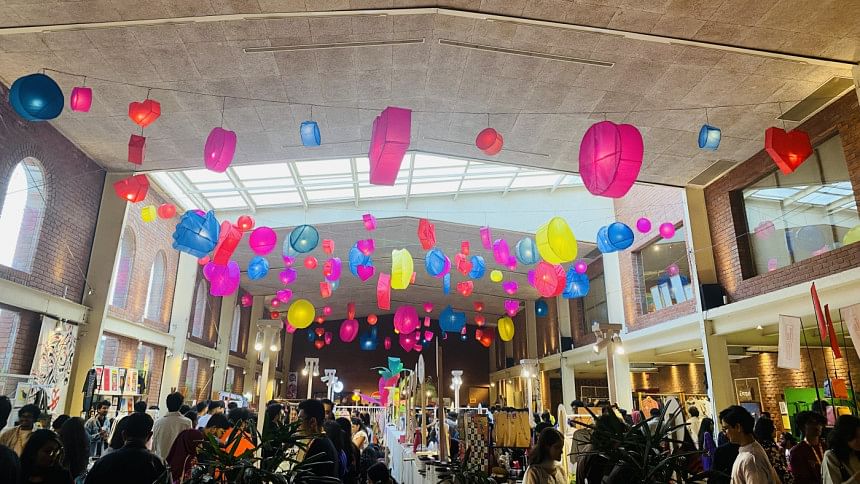
Each year, "Dhaka Makers" returns with the promise of celebrating Bangladesh's rich artisanal heritage. This is our city's grandest attempt at presenting a craft fair as the pinnacle of urban sophistication. This is not just any ordinary roadside haat where artisans sell their work at reasonable prices -- it is a more curated experience, in which 300 taka has to be spent just to enter.
For those unfamiliar, "Dhaka Makers" is an annual extravaganza that transforms the simplest act of browsing handcrafted goods into an elite social event. Now in its third edition, it is a space where tradition meets modernity, where crafts are elevated to their rightful status, and where heritage is preserved through carefully curated workshops and stalls.
A venue where a simple tote bag costs more than a month's worth of groceries for many, and where a plate of fuchka is so disproportionately priced that one might begin to question the origins of the flour. Yet, despite all logic, here I was—strolling through the stalls, chatting with the makers, indulging in conversations about sustainable dyes and forgotten crafts—fully aware of the absurdity, yet unable to resist. Because if there is one thing Dhaka does well, it is manufacturing the fear of missing out. The kind that makes you fork over your hard-earned money just to say, "Yes, I, too, have seen a Jamdani that costs half my salary."

The first hurdle is the entry fee—Tk 300 per person—simply to step into the fairgrounds, soak in the ambience, attend a concert, or stroll through the booths. While a paid entry model is not inherently problematic, the pricing sends a clear message: this is not an event for everyone.
or many, this amount represents a day's wage; for others, it is a trivial expense. But that distinction is precisely what defines Dhaka Makers—a space designed for a particular social bubble, where cultural appreciation comes at a price.
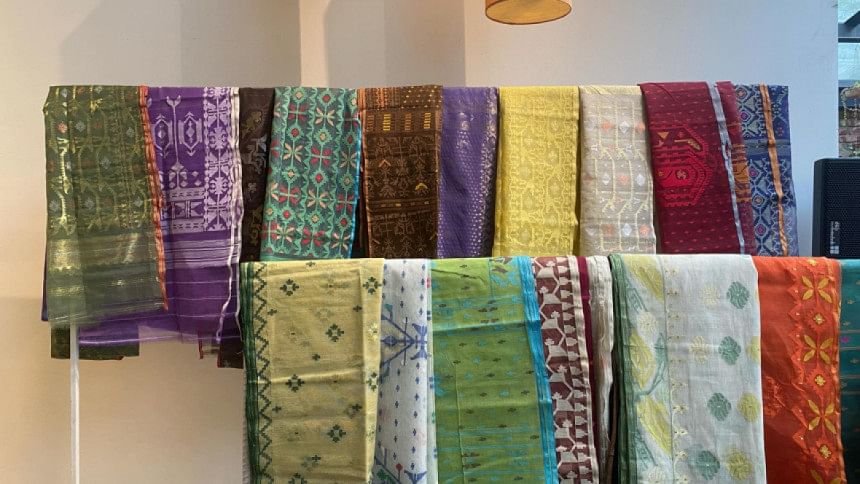
Beyond the entry fee, nearly everything within the fair is priced at a premium. The handcrafted products, while undoubtedly well-made, often come with price tags far exceed what one would pay in the traditional markets where these crafts are typically sold. It almost feels like culture is being repackaged for an audience willing to pay for the experience rather than the craft itself.
At its core, "Dhaka Makers" is a paradox—an event that claims to celebrate tradition yet presents it through a lens of urban elitism. It is a space that invites appreciation of local crafts while simultaneously pricing them beyond the reach of many.
This is not to say that the initiative lacks merit. The effort to create a platform for artisans is commendable, as is the attempt to make these crafts more visible in urban spaces. However, the format raises important questions about accessibility and authenticity.
Perhaps the most intriguing aspect of "Dhaka Makers" is that, despite its flaws, it remains undeniably engaging. The stalls are beautifully arranged, the makers are passionate about their craft, and the conversations are often enriching.
And then, of course, there is the concert. For all the inflated prices and pretensions, the concert was undeniably the highlight of the event—the moment when the fair's true energy came to life. It was no longer just a gathering of well-dressed individuals awkwardly browsing expensive products; it became a genuine moment of togetherness through music. That was worth the price of admission. For a brief, fleeting moment, it gave the whole experience a sense of justification.
Every year, this fair continues to cater to a small, affluent section of Dhaka's population, offering a curated version of culture that prioritises spectacle over substance. One may come across truly unique pieces that tick all the right boxes for creativity. At the same time, it is not uncommon to spot an entire friend list gathered in one cramped location.
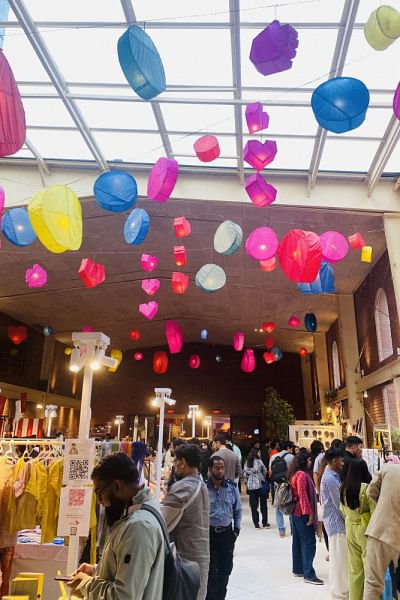
This is the true essence of such events—the ability to create a space where people can go, feel exclusive, and check off the necessary boxes on their social calendars, all while supporting art in the most convenient way possible.
Yet, despite the obvious overpricing, demand remains high because events like "Dhaka Makers" thrive not just on what they offer but on the sense of belonging they create. The fear of missing out—of not being part of the city's most talked-about cultural event—keeps attendees returning each year, even as they leave questioning whether it was truly worth the expense.
As I walked away from the event, having spent far more than I intended, I could not help but acknowledge a simple truth—"Dhaka Makers" is a reflection of the city itself. A place where culture is commercialised, where participation comes at a price, and where the need to belong often overrides rational judgment.
And for all the satire and critique of its exclusivity and pricing, "Dhaka Makers" is undeniably part of the larger social fabric. It is a guilty pleasure for many, myself included—one paid for out of a sense of obligation but enjoyed nonetheless.

 For all latest news, follow The Daily Star's Google News channel.
For all latest news, follow The Daily Star's Google News channel. 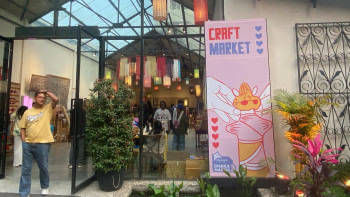



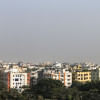
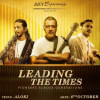

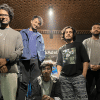

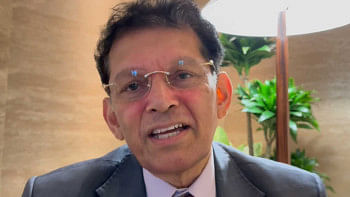
Comments